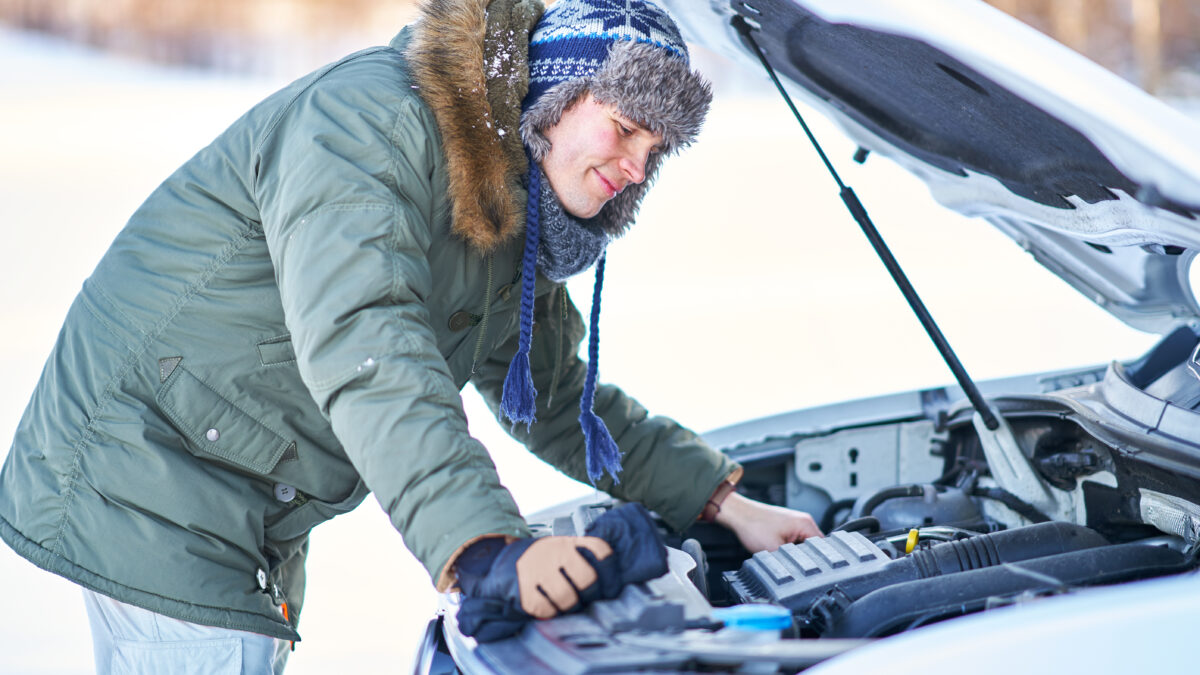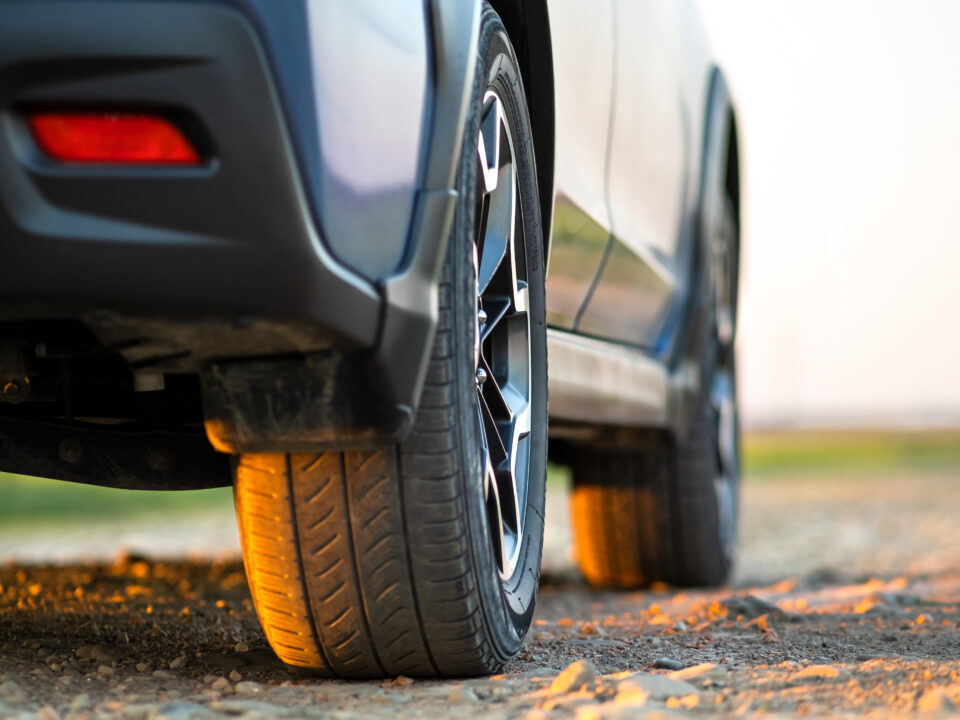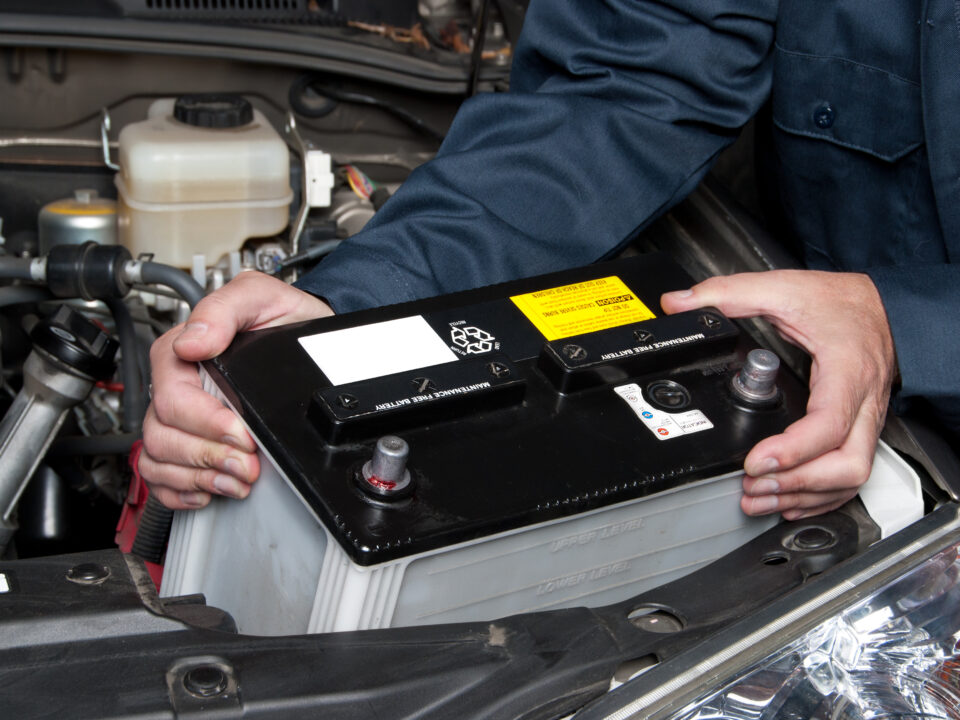- Mon - Fri: 7:30am - 5:30pm
- 613-836-6136
- stittsvilleauto@gmail.com
Winter is Coming: A Comprehensive Guide to Safely Preparing Your Car for the Season

Don’t Freeze Up! Master Winter Braking Techniques for Slippery Roads
December 29, 2023
Brakes: How to Navigate Winter Driving Without Slipping
December 29, 2023As the days grow shorter and temperatures drop, it's time to gear up for winter driving. Ensuring your vehicle is prepared for the challenges of cold weather, icy roads, and snow-covered landscapes is crucial for your safety and the well-being of your car. This comprehensive guide will walk you through a thorough safety check to winterize your vehicle and promote a secure and worry-free winter driving experience.
**1. Inspect Your Tires:
Your tires are the first line of defense against winter road conditions. Check for proper tire pressure, as it tends to drop in colder temperatures. Ensure that your tires have sufficient tread depth to provide adequate traction on snow and ice. Consider switching to winter tires for better performance in harsh conditions.
**2. Examine the Braking System:
A well-functioning braking system is paramount for winter safety. Inspect your brake pads and rotors for wear and tear. Ensure that brake fluid levels are within the recommended range. If you notice any unusual noises or sensations while braking, it's essential to address these issues promptly.
**3. Test Your Battery:
Cold weather can be particularly challenging for car batteries. Test your battery's voltage to ensure it's within the recommended range. If your battery is more than a few years old, consider having it professionally tested or replaced. A reliable battery is crucial for starting your car in frigid temperatures.
**4. Check the Antifreeze/Coolant Levels:
Antifreeze is vital for preventing your engine from freezing in cold temperatures. Check the coolant levels and ensure that the mixture is appropriate for winter conditions. If necessary, top up or replace the coolant to maintain the proper balance.
**5. Inspect the Heating and Defrosting Systems:
A functional heating system is not only crucial for your comfort but also for safety. Check that your heating and defrosting systems are working efficiently. Clear visibility is paramount during winter driving, so ensure that the defrosting system effectively clears your windshield.
**6. Examine Lights and Signals:
Days are shorter in winter, and you'll likely find yourself driving in darker conditions. Ensure that all your lights, including headlights, taillights, brake lights, and turn signals, are in working order. Replace any burnt-out bulbs and clean foggy lenses for optimal visibility.
**7. Test Wipers and Washer Fluid:
Clear visibility is vital during winter, and functional wipers play a crucial role. Inspect the condition of your wiper blades and replace them if they show signs of wear. Fill up your washer fluid reservoir with winter-grade fluid that won't freeze in low temperatures.
**8. Examine the Exhaust System:
A leaking exhaust system can be particularly dangerous during winter when windows are often closed. Check for any signs of rust or damage in the exhaust system. Carbon monoxide leaks can be deadly, so promptly address any issues with the exhaust.
**9. Check the Oil and Lubrication:
Cold weather can affect the viscosity of your engine oil. Check the oil level and consider switching to a winter-grade oil if necessary. Ensure that all moving parts are adequately lubricated to prevent excessive wear and tear.
**10. Inspect the Belts and Hoses:
Cold temperatures can make belts and hoses more prone to cracking and damage. Inspect the belts for tightness and signs of wear. Check hoses for leaks, bulges, or other issues that might lead to failure in the colder months.
**11. Prepare an Emergency Kit:
Lastly, assemble a winter emergency kit to keep in your car. This should include essentials like a blanket, extra warm clothing, a flashlight, non-perishable snacks, and a first aid kit. Additionally, carry items like a snow shovel, ice scraper, and sand or cat litter for traction in case you get stuck.
Conclusion:
Winterizing your car is not just about preventing breakdowns; it's about ensuring your safety and the safety of others on the road. By following this comprehensive safety check, you're taking proactive steps to navigate winter conditions with confidence. A well-maintained vehicle is your reliable companion during the winter months, providing peace of mind as you embrace the beauty and challenges of the season. Stay safe, stay prepared, and enjoy a worry-free winter behind the wheel.




